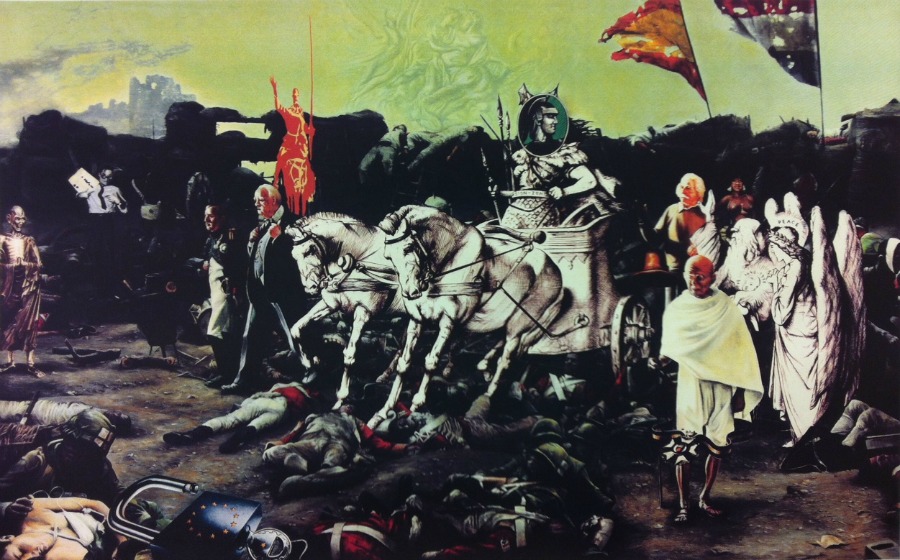Artists, Dabblers, Dilettantes The Modernity of Hegel's concept of 'work of art'
DOI:
https://doi.org/10.58519/aesthinv.v1i2.11993Keywords:
ugly art, contemporary art, profane art, HegelAbstract
The essay argues for the modernity of Hegel's concept of the ‘profane work of art’. (1) The first part rejects three standard objections to the modernity of Hegel's concept of ‘work of art’. (2) The second part deals with the function of the physical form of the artwork. (3) The third part emphasizes (in discussion with prominent ‘Hegelian aesthetics’) that the profane art after the ‘end of art’ is absolutely free in its contents. (3) For Hegel the artists of all eras have to have the technical skills to embody an interesting content adequately in the different physical materials of the arts. This distinguishes the artist (in contemporary art as well as in the art of past epochs) from dabblers and dilettantes. So the fourth part briefly sketches out what an 'adequate embodiment’ could be. (5) Without discussing details the essay at the end draws the following conclusion: Hegel’s aesthetics is not out of time because of his concept of the profane work of art. The profane work of art is created as an adequate physical embodiment of an interesting content. An adequate physical embodiment is (i) clear, but also (ii) complex and puzzling, and it is (iii) technically perfect. And the leading thesis is that all great works of art (and especially the great works of art of our time) are well described by this concept.
Downloads
Published
Issue
Section
License

This work is licensed under a Creative Commons Attribution 4.0 International License.
Authors who publish with this journal agree to the following terms:
Authors retain copyright and grant the journal right of first publication with the work simultaneously licensed under a Creative Commons Attribution License that allows others to share the work with an acknowledgement of the work's authorship and initial publication in this journal. Note: up to volume 4 issue 1, an incorrect copyright line appears in the PDFs of the articles.
Authors are able to enter into separate, additional contractual arrangements for the non-exclusive distribution of the journal's published version of the work (e.g., post it to an institutional repository or publish it in a book), with an acknowledgement of its initial publication in this journal.
Authors are permitted and encouraged to post their work online (e.g., in institutional repositories or on their website) prior to and during the submission process, as it can lead to productive exchanges, as well as earlier and greater citation of published work (See The Effect of Open Access).






